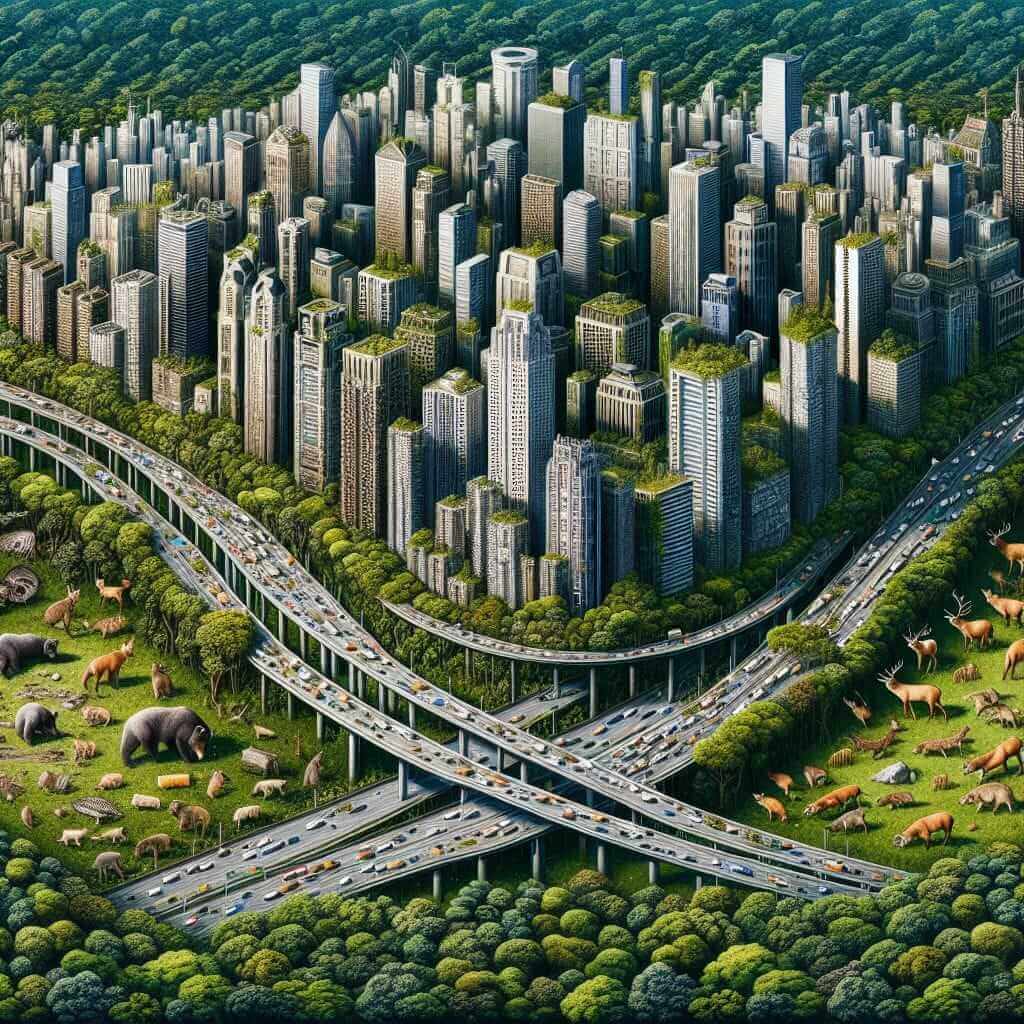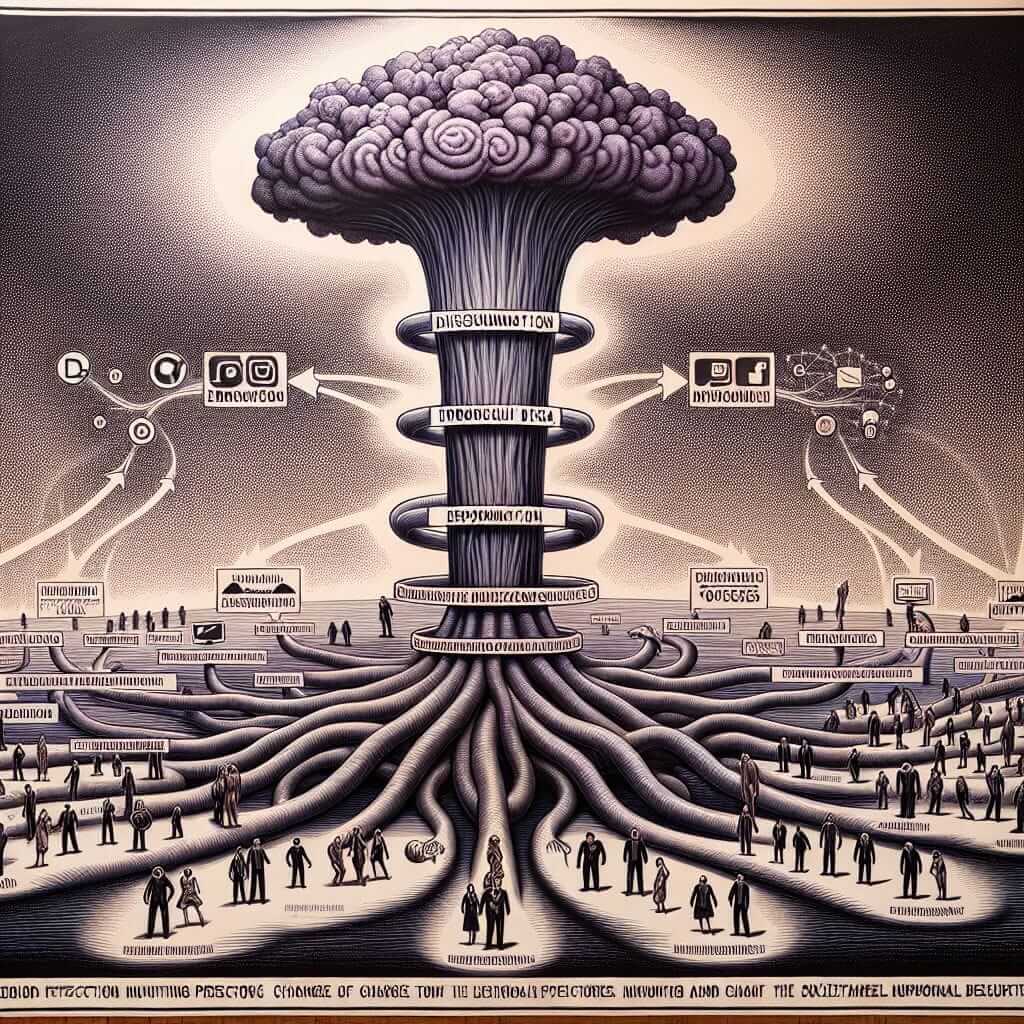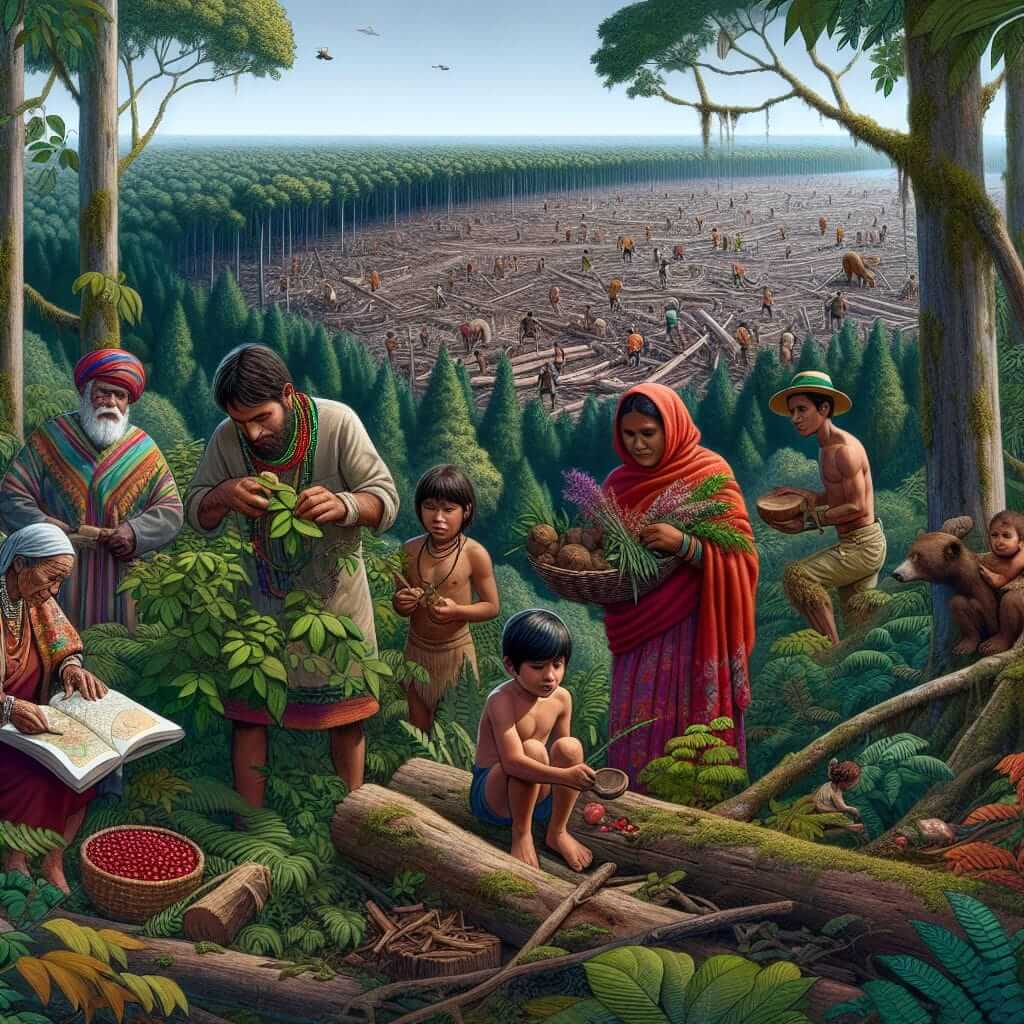Urbanization, the process by which rural areas transform into urban areas, has significant impacts on wildlife habitats. This topic has gained attention in the IELTS Reading section due to its relevance and complexity. Based on historical data and the frequency of similar topics, examining the effects of urbanization on wildlife habitats might be increasingly pertinent for future exams. This article not only provides a reading practice article but also offers insights into the common questions and analyses associated with this theme.
Table Of Contents
- Effects of Urbanization on Wildlife Habitats
- Habitat Loss and Fragmentation
- Pollution and Environmental Changes
- Human-Wildlife Conflicts
- Invasive Species
- IELTS Reading Practice: Medium Text
- Reading Passage
- Questions
- Answers
- Common Mistakes and Tips
- Common Mistakes
- Tips
- Vocabulary
- Grammar Note
- Conditional Sentences
- Practice Exercises
- Conclusion
Effects of Urbanization on Wildlife Habitats
Urbanization alters natural landscapes, replacing forests, fields, and wetlands with concrete jungles, roads, and buildings. This transformation disrupts the ecosystems and communities of wildlife that previously thrived in these areas. The adverse effects of urbanization on wildlife habitats can be numerous and profound.
Habitat Loss and Fragmentation
Urban development leads to significant habitat destruction. Construction of buildings, roads, and other infrastructures directly removes natural habitats. This loss is often accompanied by habitat fragmentation, where remaining patches of natural areas are isolated by urban environments, limiting wildlife movement and genetic exchange.
Pollution and Environmental Changes
Urbanization introduces various pollutants into the environment, such as chemicals, waste, noise, and light, which negatively impact wildlife health and behaviors. Altered environmental conditions, including microclimate changes due to urban heat islands, disrupt the natural ecosystems.
Human-Wildlife Conflicts
As urban areas expand, human-wildlife interactions increase, leading to conflicts. Wildlife may venture into urban areas searching for food, leading to property damage and, sometimes, breeding sites. These interactions often result in detrimental outcomes for wildlife, including injury or death.
Invasive Species
Urbanization often facilitates the introduction and spread of invasive species, which compete with native species for resources. These invasive species can alter native ecosystems, leading to declines or extinctions of local wildlife populations.
 urbanization-wildlife-impact
urbanization-wildlife-impact
IELTS Reading Practice: Medium Text
Reading Passage
Urbanization is one of the most significant drivers of environmental change globally. With more than half of the world’s population now living in urban areas, understanding the impacts of urbanization on wildlife is crucial. Urban expansion results in the loss, degradation, and fragmentation of wildlife habitats.
Growing cities often encroach on forests, wetlands, and grasslands, leading to habitat destruction. The construction of infrastructure such as roads and buildings not only removes these habitats but also splits them into isolated fragments. This fragmentation restricts the movement and mingling of wildlife populations, impeding gene flow and leading to genetic bottlenecks.
Pollution is another major issue linked with urbanization. Urban areas produce considerable amounts of air, water, and soil pollutants. Wildlife in urban and peri-urban areas are often exposed to hazardous chemicals, anthropogenic noise, and artificial light, which can alter their natural behaviors and physiology. The urban heat island effect creates localized warmer temperatures, further impacting species not adapted to such conditions.
Human-wildlife conflicts are on the rise due to the expansion of urban environments. Animals may enter urban regions in search of food, which sometimes leads to property damage and poses threats to both humans and wildlife. Such conflicts often result in lethal control measures or relocations, adversely affecting wildlife populations.
In many cases, urbanization can also lead to the invasion of non-native species that compete with native wildlife for resources, leading to declines in indigenous populations. Therefore, urban areas often see a decrease in biodiversity.
Questions
-
Multiple Choice:
- What is one of the main causes of habitat loss in urbanized areas?
- A) Natural disasters
- B) Urban infrastructure development
- C) Agricultural activities
- D) Tourism
- What is one of the main causes of habitat loss in urbanized areas?
-
True/False/Not Given:
- Urban heat islands create cooler temperatures which benefit urban wildlife.
-
Matching Information:
- Match each factor with its effect on wildlife:
- a) Pollution
- b) Human-wildlife conflicts
- c) Invasive species
- Match each factor with its effect on wildlife:
-
Summary Completion:
- Complete the summary using the list of words:
“Urbanization often leads to [1], which hinders the [2] of wildlife populations. Additionally, urban areas expose wildlife to various [3], altering their behavior.”
- Complete the summary using the list of words:
-
Short-answer Questions:
- Why might wildlife enter urban areas according to the passage?
Answers
-
Multiple Choice:
- B) Urban infrastructure development
-
True/False/Not Given:
- False
-
Matching Information:
- a) Pollution – Alters behaviors and physiology of urban wildlife
- b) Human-wildlife conflicts – Can result in lethal control measures
- c) Invasive species – Compete with native wildlife for resources
-
Summary Completion:
-
- fragmentation
-
- movement
-
- pollutants
-
-
Short-answer Questions:
- Wildlife might enter urban areas in search of food.
Common Mistakes and Tips
Common Mistakes
- Misinterpreting the impact of urban heat islands, as they typically increase temperatures, not decrease.
- Confusion between different types of pollution and their specific effects on wildlife.
Tips
- Focus on the keywords related to urbanization and its impacts while reading.
- Pay attention to context clues in the passage to correctly identify different types of information, such as factual statements and author’s viewpoints.
Vocabulary
-
Encroach (v)
- Phonetics: /ɛnˈkrəʊtʃ/
- Definition: intrude on (a person’s territory or a thing considered to be a right)
- Usage: Urban expansion often encroaches on natural habitats.
-
Fragmentation (n)
- Phonetics: /ˌfræɡmenˈteɪʃən/
- Definition: the process or state of breaking or being broken into small or separate parts
- Usage: Habitat fragmentation is a major concern in urban areas.
-
Pollutant (n)
- Phonetics: /pəˈluːtənt/
- Definition: a substance that pollutes something, especially water or the atmosphere
- Usage: Pollutants from urban areas affect the health of wildlife.
Grammar Note
Conditional Sentences
Understanding conditional sentences can help articulate scenarios and their potential outcomes, which is a common structure in complex reading passages.
Example:
“If urbanization continues unchecked, many species will face extinction.”
- Form: If + present simple, will + base verb
Practice Exercises
- Write your own sentences using conditionals to describe potential outcomes of urbanization.
Conclusion
Preparing for the IELTS Reading section involves understanding complex topics and practicing diverse question types. By focusing on themes like urbanization’s impact on wildlife, students can improve their comprehension and analytical skills. Regular practice with realistic passages and questions, as presented here, will help students achieve higher scores in their Reading tests. Remember to also review your mistakes and work on improving your vocabulary and grammar continuously.
For more related reading practices:
Good luck with your IELTS preparation!



